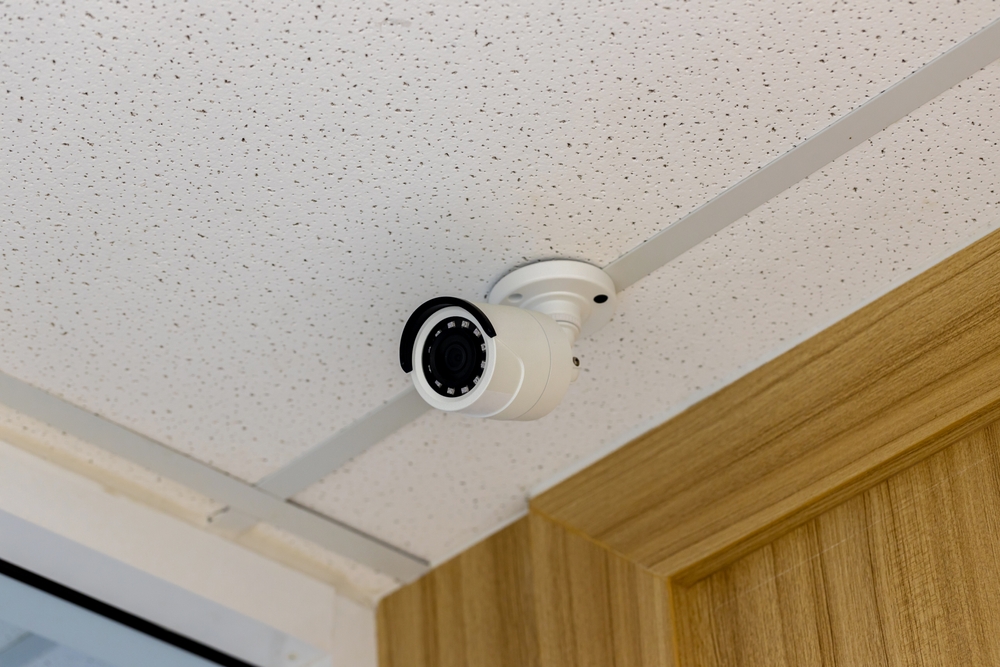
What are the 3 Types of Surveillance Systems?
June 6, 2023 4:47 pm Leave your thoughtsSurveillance systems are an excellent way to monitor a property when human security guards are impractical. However, if you’re thinking about installing a system for your business or home, it’s a good idea to understand the basics of these systems.
Different types of surveillance systems can be installed on a property. These systems fall into three categories: direct, preconstructive, and reconstructive. Direct systems are covert, preconstructive systems are more public, and reconstructive systems are based on reviewing information and evidence gathered from the other two techniques.
Direct Surveillance
Direct surveillance involves covertly observing and recording people’s activities in public places. This can include using a variety of technology to track people’s movements and collect private information. It can also involve gathering information from public areas or interviewing people to gain more information about a suspect.
A common example of direct surveillance would be a detective listening to and recording a conversation between suspects at a local park. For a home or business, direct surveillance could mean using security guards to monitor a high-traffic area of a store.
Direct surveillance is typically used when a business or homeowner believes a crime is going to be committed in the near future. This does not necessarily mean that a crime will be committed, however. Often, the presence of direct surveillance acts as a deterrent to would-be criminals. Potential shoplifters or vandals will look for an easier target or move on to a different activity if they believe their actions are being watched.
However, it is important to be aware of the laws and restrictions regarding direct surveillance. A business owner or even a private resident may not be allowed to legally record everything on their property. Because these laws can be complex, it is highly recommended that businesses or other property owners consider using direct surveillance and consult with a security professional to ensure that everything they do complies with the law.
Preconstructive Surveillance
Preconstructive surveillance is defined as the observation of the general public to look for suspicious activity. This surveillance style is very public and not covert, which can be a drawback because suspects can frame their activity to avoid public surveillance. However, this technique can also monitor a wide range of public areas and gather information from a large amount of the population.
A common preconstructive surveillance tool today is the use of multiple closed-circuit televisions (CCTVs) in conjunction with security cameras. While these cameras may be focused on a particular area, unless they are being constantly monitored, it is likely that the footage they record will only be viewed if a security incident has taken place.
This means that reconstructive surveillance primarily provides evidence to law enforcement officers after a crime has occurred. For this reason, it is generally a good idea to ensure that this equipment is working properly and installed by a professional. Video footage that is too grainy to make an actual ID of the suspect or that comes from a camera not aimed at the crime (and thus doesn’t record enough to show the crime taking place) is often unusable.
Preconstructive surveillance can also serve more than just as a surveillance technique. It can also act as a deterrent for future crime or malicious activity. While this type of surveillance does not do as much as direct surveillance to deter crime, multiple studies have shown that it has some effect. Simply knowing that their actions are being recorded is sometimes enough to deter a would-be criminal from committing a crime of convenience, such as petty theft.
Reconstructive Surveillance
Reconstructive surveillance is a technique investigators use to collect data and evidence that may be used to solve a crime. The data is collected before the crime is committed and is used to reconstruct what may have happened if a crime is suspected. For example, if a suspect had stolen something from a gas station store, investigators may review footage from the store’s CCTV cameras to see what the suspect touched or was missing.
Reconstructive surveillance often uses techniques, equipment, and personnel from both direct and reconstructive surveillance. For example, after a crime has been committed, video footage may be reviewed, but it is just as likely that witnesses to the crime will also be interviewed. If these witnesses are trained security personnel, their statements will likely be extremely useful when pressing charges.
Of course, many property owners feel that the best type of surveillance is the type that prevents a crime from ever occurring in the first place. While just about any type of surveillance will have some effect on deterring crime, using a combination of techniques is often the best way to ensure the total security of a property.
For this reason, it is important to consult with a security professional with years of experience setting up surveillance and security for multiple properties. Determining the right type of surveillance for your home or business requires someone to assess many different aspects of the property, including multiple risk factors. A good surveillance plan will consider all three types of surveillance.
If you’re looking for assistance installing a surveillance system, or even if you just need to figure out what type of surveillance is right for your home or business, visit us at Advance On-Site Protection Security. We have years of experience guiding our clients to make the best security decisions to protect their most precious assets, and we look forward to helping you.
Categorised in: Home Surveillance
This post was written by AOP Security
